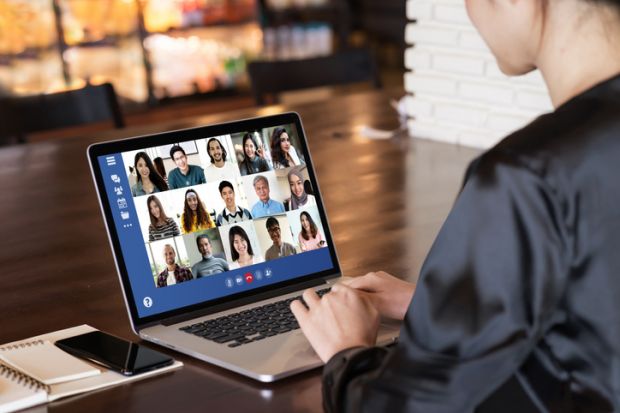During the pandemic, educators at all levels were suddenly forced to teach remotely. The experiences of colleagues at my university were typical of educators worldwide: most had little to no prior experience teaching online. Despite this “trial by fire” experience, many came to recognise that remote teaching is here to stay.
Some visionaries claim that the global pandemic has provided the necessary impetus to shift massive open online courses (Moocs) into high gear. Recently, Arizona State University announced a plan to educate 100 million students remotely over the next decade.
While one cannot argue with the ability of digital technology to deliver emergency educational services during a global pandemic, Moocs in their current form are far from the panacea their proponents imagine. Enthusiasm for such courses can be high at the registration phase, but completion rates typically plummet; those who persist are dominated by groups that are least in need of free and open educational resources, namely those already with college degrees.
The pandemic provided a natural experiment to compare the pros and cons of different modes of remote instruction. Over the past 18 months we carried out a research study in which 37 college students majoring in different disciplines, who were enrolled in physics courses, were interviewed individually for an hour each about their remote learning experiences during the pandemic. These interviews were coupled with a written survey given to 1,145 physics undergraduates. Their answers told us a lot about what does and doesn’t work regarding remote instruction.
Our interviews suggest that the most important determinants of student satisfaction and performance were related to human connections with instructors and peers. Students were so starved for human interaction that the tiniest of efforts made by instructors to inject some humanity into interactions were welcomed. Spending a few minutes at the beginning of classes asking about how undergraduates were dealing with adversity was particularly welcomed.
These empathetic discussions were usually quite short, but they had an outsized impact on student morale. Some students wished that this type of informal connection with instructors and peers at the start of each class was the norm even in regular courses during normal times. Students were far more likely to attend classes in which instructors incorporated these short check-ins as a regular feature.
Students in general preferred synchronous lectures by the instructors. Most students also appreciated flipped classes in which synchronous components were incorporated, such as pre-recorded video lectures with active engagement activities via Zoom. However, the effectiveness of these in-class and out-of-class activities needed to be paired with an appropriate grade incentive to keep students engaged.
This sentiment of students is consistent with our prior research which shows that a majority of students have difficulty engaging with online evidence-based self-paced learning tools unless there is a grade incentive associated with the out-of-class engagement with online tools. Interviewed students also reported that in flipped courses, when instructors provided grade incentives for out-of-class components, it ensured that students stayed on task and managed their time well, unlike courses in which students were only graded via a few exams. In courses in which grades were determined by a few exams, many students fell behind with the out-of-class and synchronous components and crammed before the exams, which was not conducive to learning.
The chance to be part of the classroom community via asynchronous Q&A platforms, such as Piazza, was also greatly appreciated. Feeling part of the classroom community – including interacting with instructors and peers – reduced procrastination, improved time management and self-regulation, and increased student attention and engagement in the course.
Our research suggests that a critical consideration in scaling online education, including Moocs, is humanising it; put simply, students must feel like they are part of the classroom community. Students want to feel supported by human beings. They thrive when they feel a bond with their instructors and peers.
Building the classroom community and facilitating effective interactions among students and instructors does not necessarily require instructors spending a lot of time. What matters is the genuine positive intent and effort. Instructors will be surprised by how much students are touched by their small gestures and time commitment to empathetic discussions as well as personal support in online courses.
Whatever students or staff may wish, online learning is not going away. But it won’t go as far as many people have envisioned in the past either unless the human element is woven into online education.
Humanising online learning is the best, perhaps only, way to increase student enthusiasm and commitment to become part of a learning community, which will increase their sense of belonging and desire to engage. If we incorporate these tenets, the truly democratised online education that Moocs promised to deliver more than a decade ago may finally become a reality.
Chandralekha Singh is Distinguished Professor of Physics at the University of Pittsburgh, and past president of the American Association of Physics Teachers.
Register to continue
Why register?
- Registration is free and only takes a moment
- Once registered, you can read 3 articles a month
- Sign up for our newsletter
Subscribe
Or subscribe for unlimited access to:
- Unlimited access to news, views, insights & reviews
- Digital editions
- Digital access to THE’s university and college rankings analysis
Already registered or a current subscriber? Login







